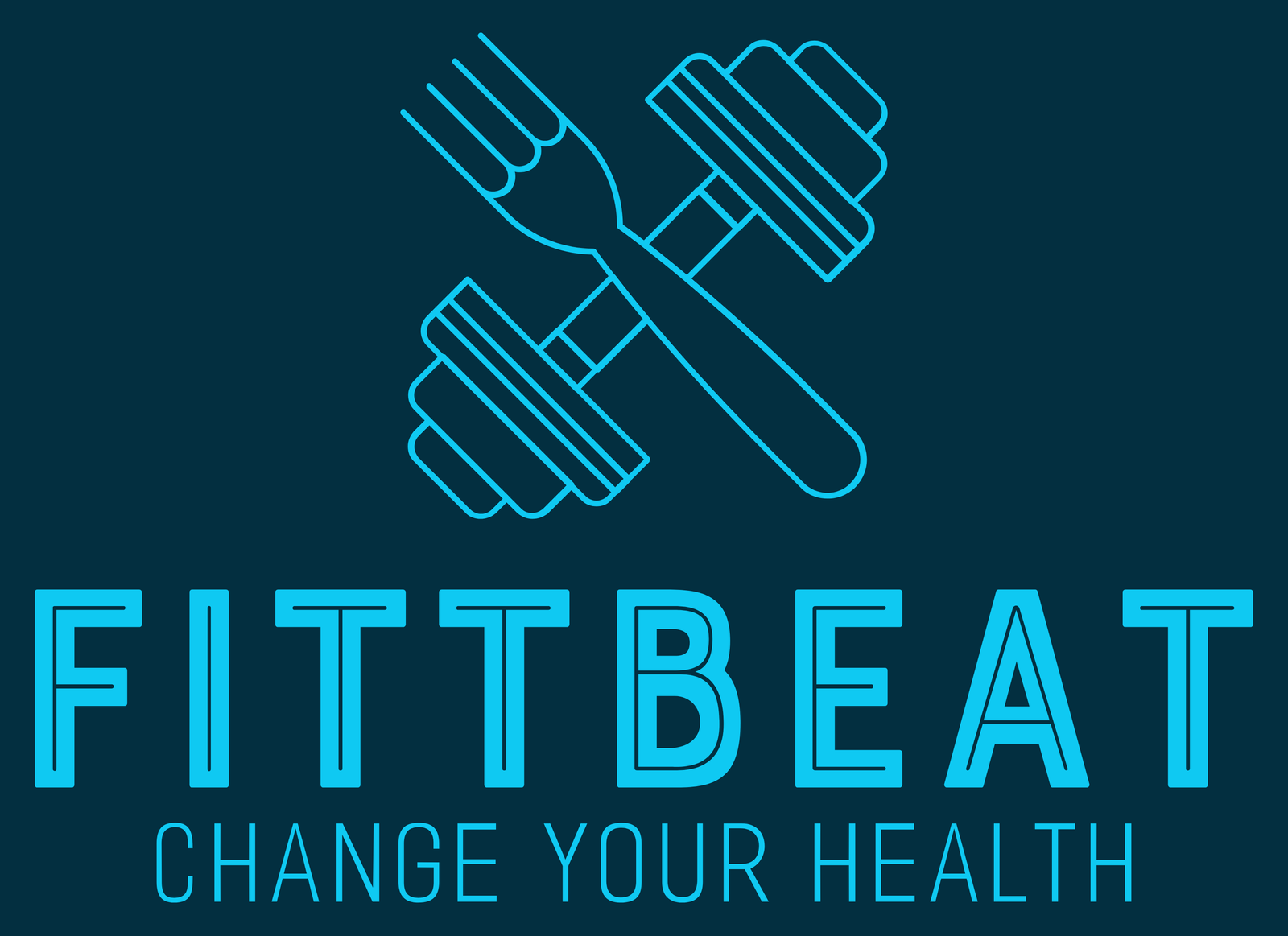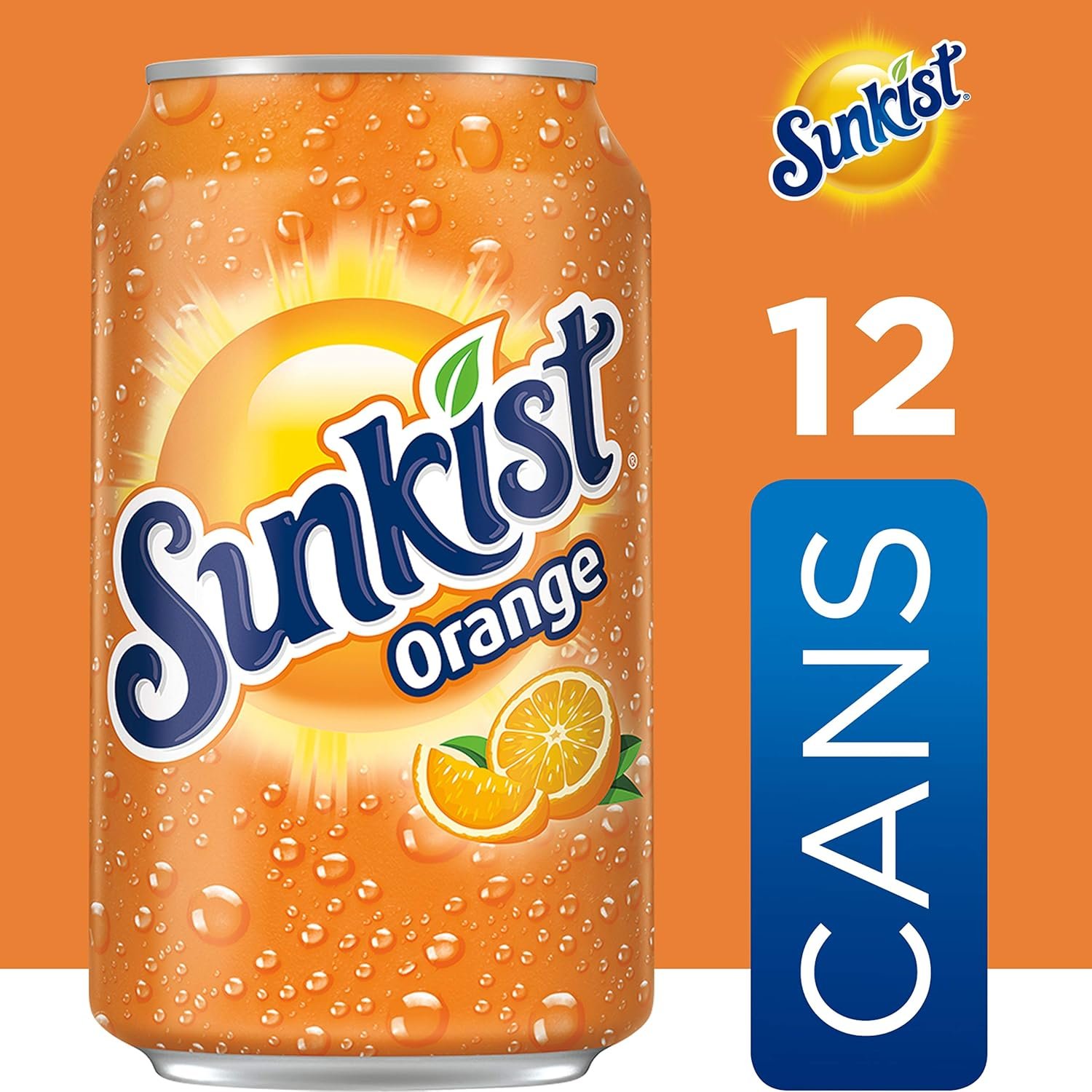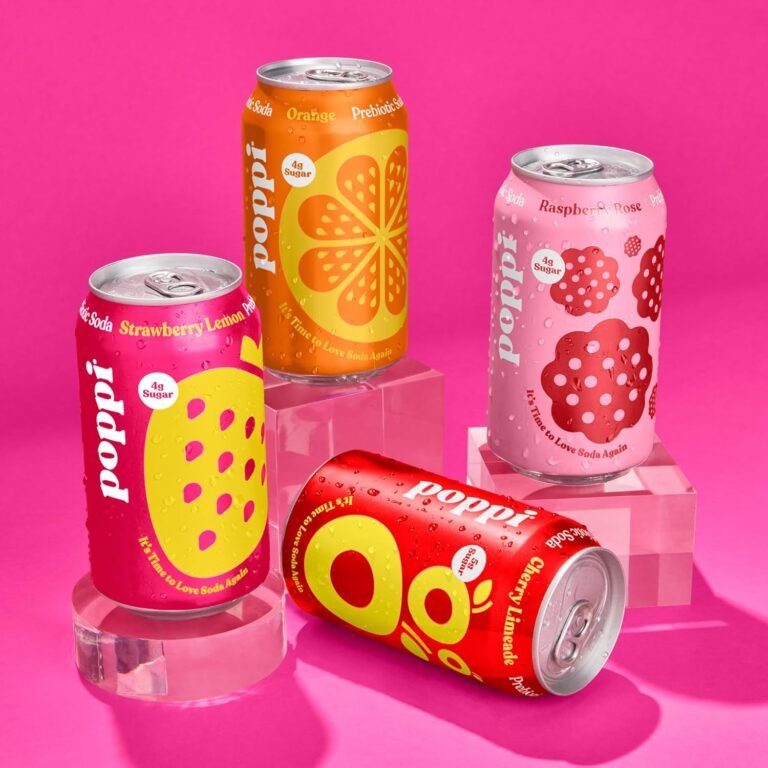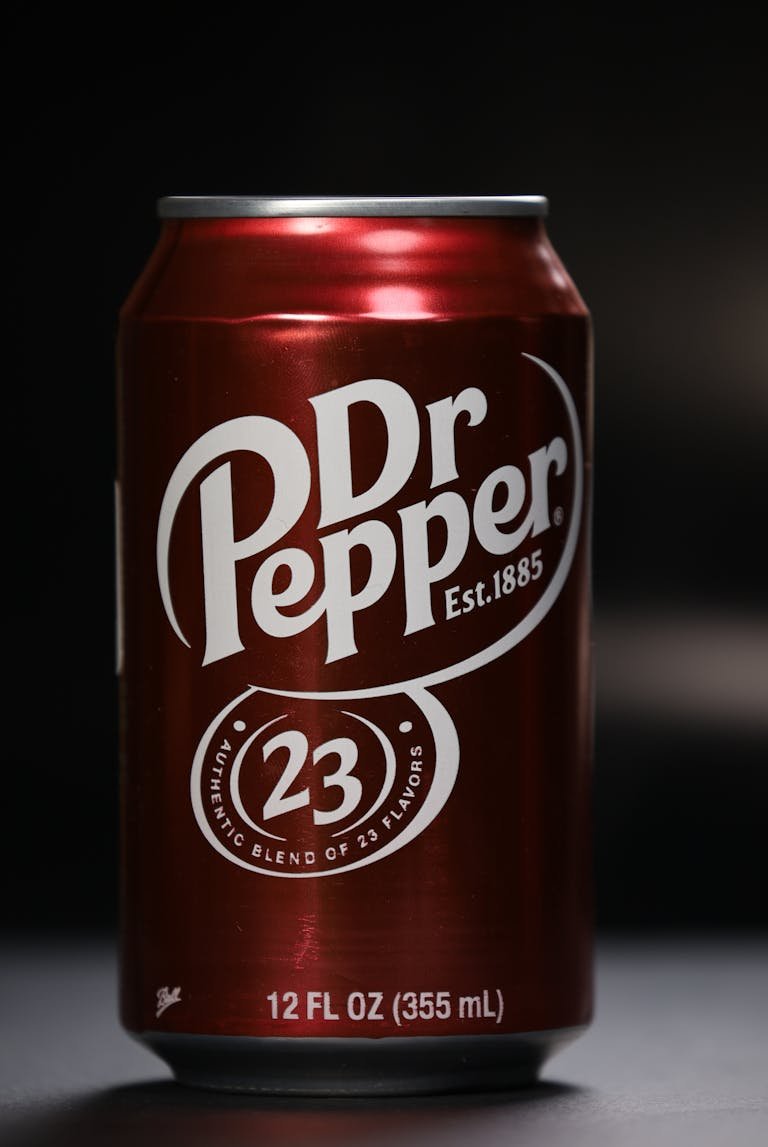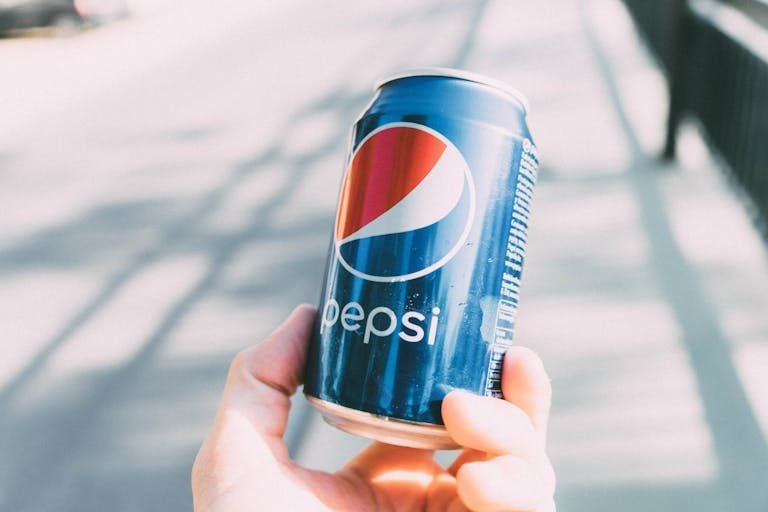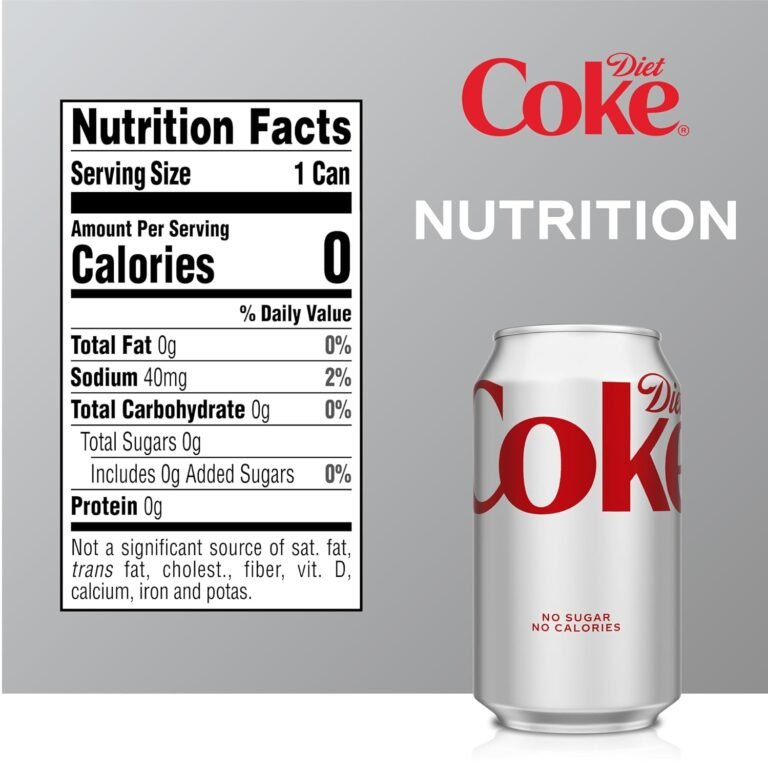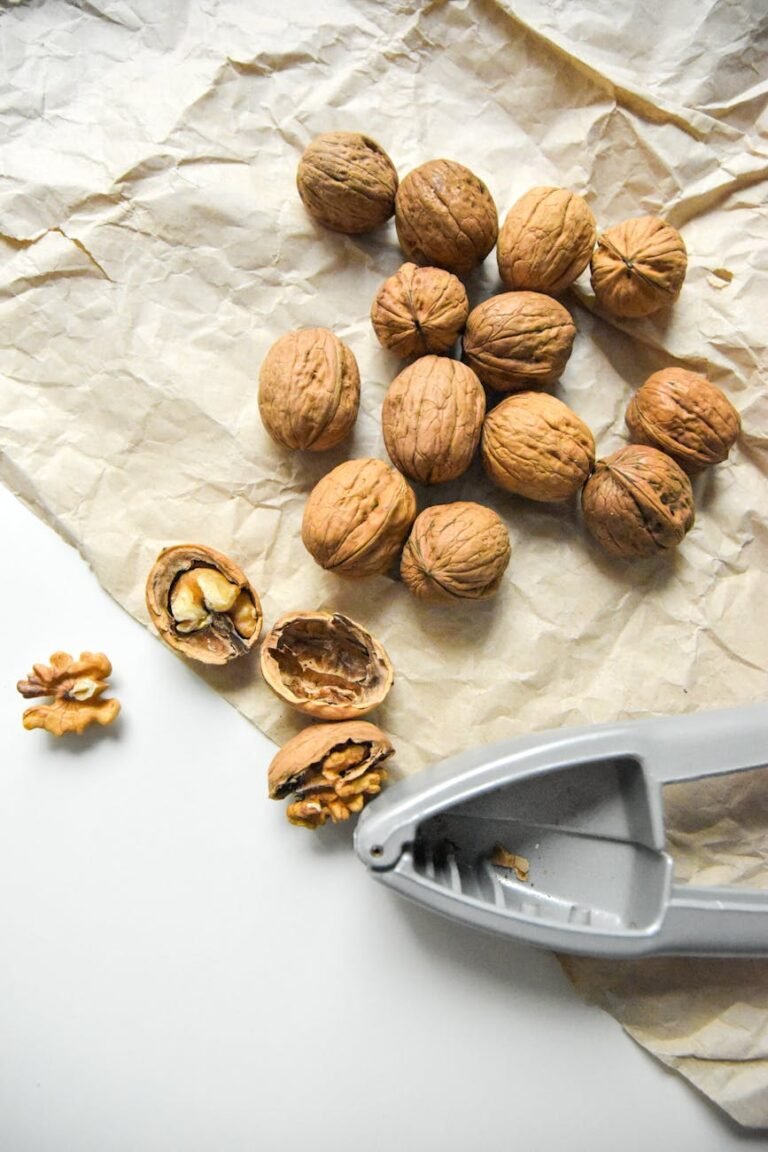Sunkist Ingredients: Honest Findings From Our Investigation
Primary Sunkist Ingredients: The Foundation
So, if we’re gonna really dig into what’s in Sunkist, we gotta start with the basics – the stuff that gives this soda its unique kick. Let’s break it down, one ingredient at a time.
Sunkist Ingredients: Carbonated Water
The big star of Sunkist’s show is carbonated water. This bubbly goodness is what makes the drink fizzy and refreshing, acting as a stage for all the other flavors to shine. Essentially, it’s water jazzed up with some carbon dioxide gas. The best part? It brings no calories or sugars to the party, so it’s pretty much guilt-free.
Sunkist Ingredients: High Fructose Corn Syrup
Now, let’s chat about high fructose corn syrup (HFCS), the sweet talker of the bunch. It’s cheaper than regular sugar and boosts the sweetness, which manufacturers love. HFCS is what makes Sunkist taste like a treat that even candy would be jealous of. It’s a hefty contributor to the sugar tally in your can of fizz.
| Ingredient | Amount per Serving |
|---|---|
| High Fructose Corn Syrup | Around a whopping 12 teaspoons of added sugar per serving (EWG Food Scores) |
Sunkist Ingredients: Yellow 6 and Red 40 dyes
Here’s where things get a bit colorful and kinda controversial. Sunkist gets its sunny hue from Yellow 6, while Red 40 jazzes up the visual appeal. These colorful companions have stirred up quite a conversation due to potential health risks, though they’re green-lighted by the FDA.
Sunkist Ingredients: Citric Acid
Citric acid is like the multitasker of the bunch. It adds that tangy citrus zing that keeps the sweetness from being overwhelming and helps keep the soda fresh. Since it’s naturally found in citrus fruits, it’s a familiar face in the soda world.
Sunkist Ingredients: Sodium Benzoate
Sodium benzoate’s like the security guard of the soda world, keeping unwanted bacteria and mold at bay. Even though it’s generally considered safe by the FDA, folks who worry about health sometimes give it the side-eye, especially when it teams up with stuff like vitamin C.
Understanding these main players in Sunkist—like bubble-producing carbonated water to shelf-life-prolonging sodium benzoate—gives us a peek into why Sunkist remains a fizzy favorite, despite a few raised eyebrows. Curious how it stacks up next to others? Check out how ingredients compare in drinks like Pepsi and Coca-Cola.
Artificial Colors and Flavors Decoded
Let’s break down what’s really going on with the ingredients that give Sunkist its signature zing. We’re diving into what these artificial colors and flavors are made of, how they’re cooked up, and the rules around using them.
The Lowdown on Fake Orange Flavor
Sunkist’s orange flavor tries its best to taste like picking oranges right off a tree. It’s a mix of natural and man-made stuff, where ethyl butyrate plays a starring role with its fruity scent. Plus, other compounds reel in those sweet and tangy vibes we love in orange drinks. These ingredients are mixed just right to make sure every bottle tastes the same and lasts long enough to enjoy.
What’s Going On With Yellow 6 and Red 40?
Yellow 6 and Red 40 bring the color to Sunkist but also bring along some worries. These dyes, sourced from petroleum, are churned out with some heavy chemical processes. This kind of production raises flags due to its potential ties to allergies and attention hiccups in kids. It’s like putting a splash of caution along with the color.
Checking Out Natural Color Alternatives
Sunkist may stick with artificial hues, but there are natural ways to brighten things up. Beet juice and annatto are options that steer clear of the risks synthetic colors can have. More brands are leaning towards Mother Nature’s palette, spurred by consumers itching for simplicity and transparency. However, natural dyes might not hold up as well or pop as vividly as the synthetic ones do.
| Colorant | Source | Health Concerns |
|---|---|---|
| Yellow 6 | Synthetic (petroleum) | Allergies, possible hyperactivity |
| Red 40 | Synthetic (petroleum) | Allergies, attention troubles |
| Beet Juice | Natural | Fewer worries, shades can vary |
| Annatto | Natural | Generally safe with minimal concerns |
The Secret to Long-Lasting Flavor
Keeping the taste fresh for a long time is crucial in the soda biz. Sunkist opts for preservatives like sodium benzoate to fend off mold and bacteria, keeping the fizz tasting just right. Antioxidants are like flavor bodyguards, stopping any funny business like oxidation from messing with the taste.
A Peek at Color Rules Around the Globe
Colors like Yellow 6 and Red 40 aren’t just thrown into the mix without rules. The United States says okay to these additives within certain limits, but in places like the European Union, the rules tighten up. Some countries kick out these artificial colors for good, pushing brands to tweak recipes for compliance. Knowing these rules can be an eye-opener when choosing your fizzy drink companion.
Want more ingredient info on other sodas? Check out the ingredients in Pepsi, Coca-Cola, Diet Coke, Fanta, and 7-Up.
Sweetener System and Sugar Content
Getting to know the sweeteners and sugar levels in Sunkist soda is a pretty big deal. We’re diving into the types of sweeteners that go into Sunkist, how much sugar is packed in each can, and how it stacks up against other fizzy orange drinks.
Sweeteners Doing the Heavy Lifting
Sunkist mainly rolls with high fructose corn syrup as its go-to sweetener. It’s super common in sodas because it pumps up the flavor without emptying wallets. In Sunkist, this type of sugar is the headliner (EWG Food Scores).
Sugar Load Per Serving
Crack open a 12-ounce can and you’re looking at around 44 grams of sugar—about 11 teaspoons worth! This sugar hit goes way over the American Heart Association’s daily limit, which suggests keeping it under 36 grams for dudes and 25 grams for the ladies (Is It Bad For You).
| Serving Size | Sugar Content (g) | Teaspoons of Sugar |
|---|---|---|
| 12 oz (Sunkist) | 44 | 11 |
How Sunkist Stands with Its Orange Buddies
Line Sunkist up with its orange-tinted pals, and you’ll see it’s got quite a sugar jackpot. Here’s the breakdown:
| Soda Type | Sugar Content (g per 12 oz) |
|---|---|
| Sunkist | 44 |
| Fanta | 40 |
| Crush | 48 |
| Diet Orange Soda | 0 |
See? Sunkist is definitely on the sugar-strong side among the orange fizzy drinks.
Diet Sodas: The “Sugar-Free” Players
If you’re sugar-watching, diet sodas like Diet Sunkist or Diet Fanta are more your speed. They swap sugar for artificial sweeteners, letting you enjoy the taste without the calorie and sugar pile-up. Curious about what goes into a diet soda fix? Check our article on diet coke ingredients.
Local Flavors and Sweetener Swaps
The sweet stuff can change depending on where you are. Some places might use cane sugar instead of high fructose corn syrup because of different local rules and what’s trending with taste. This could tweak the flavor and sweetness, so scanning those labels can be eye-opening.
All this chat about sweeteners in Sunkist shows that knowing your sugar really matters if you’re serious about what you sip. Want to compare more sips? Take a peek at our deep dives on pepsi ingredients and coca cola ingredients.
Global Variations and Regional Recipes
When we take a trip through the world of Sunkist, it’s clear that flavors and ingredients aren’t one-size-fits-all—they change depending on where you are, thanks to local tastes and rules.
Comparison of US vs. European Formulations
Let’s break it down: Sunkist in the U.S. and Europe isn’t concocted quite the same way. Across the pond, Europe tends to go easy on the artificial colors, choosing more natural hues instead, while the U.S. version loves that high fructose corn syrup punch. Want more details? Check out Is It Bad For You.
| Detail | U.S. Mix | Euro Version |
|---|---|---|
| Sweet Stuff | High fructose corn syrup | Sucrose, natural sweeteners |
| Colors All Around | Artificial (Yellow 6, Red 40) | More natural tones |
| Preservatives | Sodium benzoate | Tight rules on some preservatives |
Analysis of International Ingredient Restrictions
International rules about what’s allowed in a can of Sunkist can be a real game-changer. Ingredients that fly in the U.S. might be frowned upon elsewhere. Some countries are really cracking down on artificial stuff, saying nope to preservatives and colors they find sketchy. For the nitty-gritty on what’s allowed and what’s not, visit Open Food Facts.
Investigation of Regional Taste Preferences
Who knew that taste buds vary so much? The level of sweetness in Sunkist gets a tweak depending on where you sip it. Different places have different ideas about what tastes best, and that’s tied up with local culture and the environment. Dive into those taste tidbits over at EWG Food Scores.
Breakdown of Country-Specific Regulations
When it comes to what goes into your Sunkist, it’s all about regulations. Every country has its own set of rules on what’s safe to eat and drink, shaping the way our favorite orange soda is whipped up and served. This isn’t just about taste, it’s about safety, consumer preferences, and health policies. Explore the topic more at Sunkist Growers Inc..
Overview of Global Manufacturing Standards
Global standards are like the secret recipe for consistency and safety in our fizzy friend. Companies gotta play by the rules, which could mean switching up their ingredients or processes. Knowing these standards helps us appreciate just how complex the Sunkist formula is. For a behind-the-scenes look at food production, Chick-fil-A spills the beans.
By diving into how Sunkist’s ingredients change around the globe, we get a better picture of what goes into making that iconic orange soda. From tweaks in recipes to who checks the ingredient list, Sunkist’s story reveals a lot about tastes and production across regions.
Health and Safety Considerations
We all love kicking back with a fizzy can of Sunkist soda, but let’s face it, we gotta know what’s really inside. It’s time to take a hard look at what those artificial colors, preservatives, and sugars might be doing to us, not to mention the opinions of the folks at the FDA.
Analysis of Artificial Color Safety Studies
Some might say Sunkist is a rainbow in a can, thanks to colors like Red 40 and Yellow 6. According to the EWG Food Scores, these colors make the top list for causing a bit of a stir. Some research hints that artificial colors might tweak the behaviors of kiddos, though the jury’s still out. The FDA thinks these colors are okay in the amounts used—so long as you’re not chugging barrels of the stuff!
Investigation of Preservative Research Findings
Look closer at what keeps Sunkist fresh: sodium benzoate. This guy’s a preservative powerhouse, but it’s also wearing a question mark hat. Under certain conditions, sodium benzoate can transform into benzene, a troublemaker linked to cancer. But, rest easy, because the soda’s levels usually play it way under the danger zone, according to the FDA.
Examination of Sugar Impact on Health
Pour some sugar—44 grams, to be exact—into a 12-ounce can of Sunkist. That’s what Is It Bad For You says you’re swallowing. That’s a sugar bomb way over what the American Heart Association would hang out with. Sugar’s the usual suspect behind obesity, type 2 diabetes, and heart disease. You don’t want to make a habit out of this sweetness, folks.
| Ingredient | Amount Per Serving | Health Concerns |
|---|---|---|
| Sugar | 44 grams | Obesity, Diabetes |
| Sodium Benzoate | Present | Potential carcinogen risk |
Discussion of Dental Health Concerns
Our chompers take a beating with every sip of sugary sodas like Sunkist. Sugar gets cozy with mouth bacteria and they start a party that ruins your enamel and ups your risk of cavities and gum disease. Keeping up with good oral hygiene is pretty much your best bet after indulging in these bubbly drinks.
Overview of FDA Stance on Ingredients
The FDA gives a thumbs up to the ingredients in Sunkist—like artificial colors and preservatives—if they’re sipped responsibly and in moderation. Still, more and more folks are wondering if a steady diet of these processed goodies is all that wise. Advocacy groups say, be smart about sipping and read those labels.
Let’s not forget, enjoying Sunkist is all about balance. Knowing what’s inside can help us make better calls on when to crack open that next can.
Pros and Cons
When we think about what’s inside a can of Sunkist, it’s good to weigh both the upsides and downsides of drinking it.
Long-Term Health Risks
Sunkist Soda packs a punch with around 190 calories per can, most of it coming from sugar. This kind of “empty calorie” doesn’t give us any real nutritional punch. Downing these sodas regularly can send the scale up and bring along unwanted baggage like obesity and other health hiccups. Research shows Sunkist sits high on the sugar scale compared to better choices like a no-sugar iced tea or just plain water (Is It Bad For You).
Sunkist also throws in some extras like artificial colors, sweeteners such as aspartame, and preservatives like sodium benzoate. Even though the FDA gives these the nod, folks still argue about what they might do to us in the long run. Sometimes, folks can even have allergies or bad reactions to these add-ins.
Let’s put it simply with a quick look at what goes into Sunkist and what it might mean for us:
| Ingredient | What It Might Do |
|---|---|
| High Fructose Corn Syrup | Weight creep, metabolic woes |
| Artificial Colors | Allergy alarms, long-term question marks |
| Sodium Benzoate | Behavior bumps in kids, cancer concerns when mixed with vitamin C |
| Aspartame | Can trigger headaches, other possible reactions in some |
Scientific Research Studies
Loads of science folks have looked into how soda ingredients mess with our health over time. For instance, studies show regular soda sippers, like fans of Sunkist, flirt with higher odds of Type 2 diabetes and heart diseases. Folks throwing back sodas regularly often see the scale tipping further into obesity-related troubles.
Artificial sweeteners—those little lifesavers or troublemakers, depending on who you ask—also face scrutiny. Some studies say they can slim down calorie intake, yet others claim they fuel the want for sweeter, heftier foods.
Knowing what these studies say can steer us toward smarter drink choices. We can see how Sunkist stacks up against the ingredients in Pepsi, Coca Cola, and Fanta if we’re curious. It’s up to us to know what’s swimming in our drinks and how that affects the bigger picture of our health.
Conclusion
What You Can Do
Well, there you go! We’ve taken a close look at what makes up Sunkist soda and why it matters for our health. With about 190 calories in each can, we’re looking at what’s often called “empty calories.” Translation? Zero nutrients but could lead to extra weight. If getting the good stuff from what you eat and drink is a goal, Sunkist ain’t your wingman (Is It Bad For You).
Also worth noting are the artificial add-ons in Sunkist like fake colors and sweeteners. Let’s not forget aspartame and preservatives like sodium benzoate. Yep, they’re FDA-approved, but they still have red flags tied to ’em. Specifically, we’re talking about Red 40 and Yellow 6, top additives of concern according to EWG (EWG Food Scores).
If you’re curious about what else is lurking in sodas, feel free to check out Pepsi, Coca-Cola, Diet Coke, Fanta, and 7-Up. Compare the facts, and see where Sunkist stands in the health game.
So, what do we do with all this info? Browsing those ingredient labels is a good start. Keeping an eye on what goes into our bodies goes a long way toward being healthier. Let’s stick together and stay smart about what we’re sipping on. Knowledge and awareness, folks—that’s the backbone of good choices. Cheers to smarter, healthier habits with every drink!
